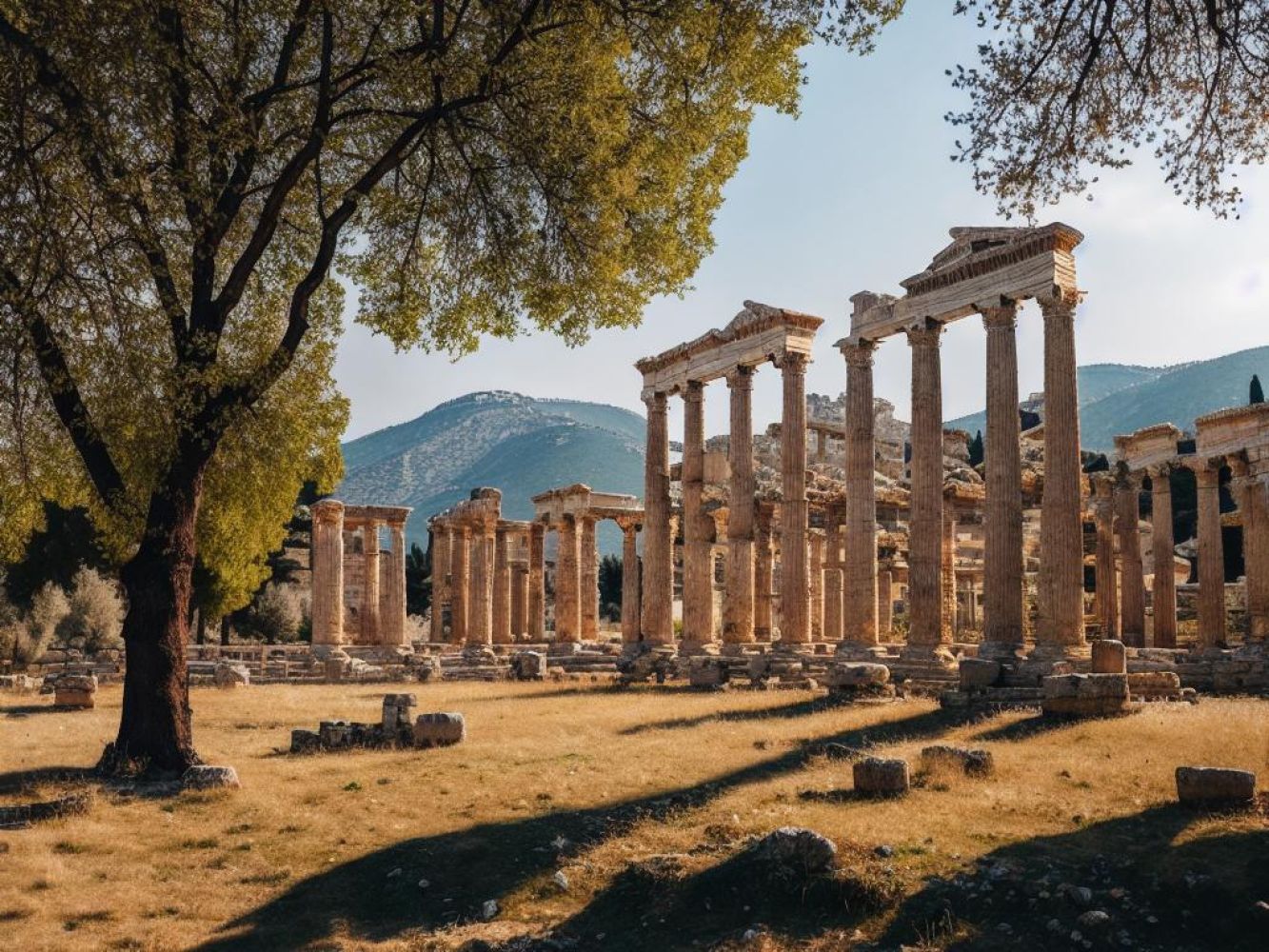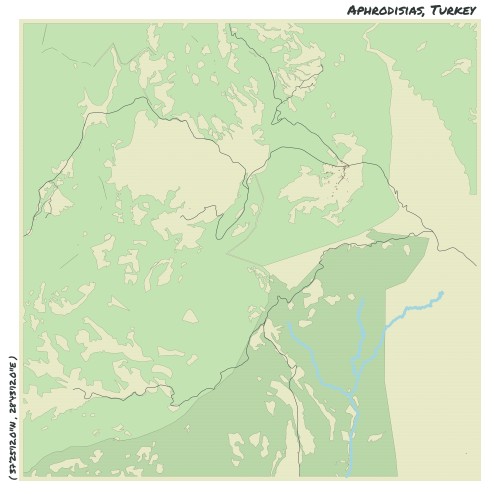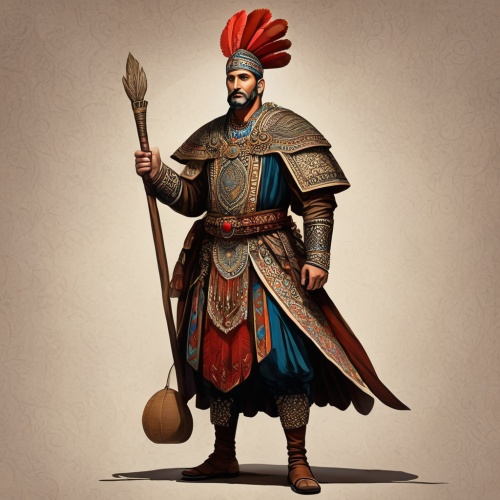Understand
Aphrodisias, a small city in the ancient region of Caria on the southwest coast of Asia Minor, offers a captivating glimpse into history. Named after the Greek goddess of love, Aphrodite, this city held a special place dedicated to her worship. Situated near a marble quarry, Aphrodisias became renowned for its exquisite marble sculptures during the Hellenistic and Roman periods. These masterpieces became highly sought after throughout the Roman world. Not only has Aphrodisias provided numerous archaeological finds, but it also played an essential role in preserving inscriptions and artifacts that shed light on ancient times. Excavations in Aphrodisias began in the early 20th century by French engineer Paul Augustin Gaudin, with ongoing efforts led by New York University. These excavations have uncovered a fascinating history, revealing that the city's civic center experienced a lavish building spree thanks to one Gaius Julius Zoilus, a former slave of Gaius Julius Caesar. Aphrodisias faced numerous challenges throughout its existence, including frequent earthquakes that caused extensive damage. One particularly devastating earthquake in the 7th century altered the water table, leading to sections of the town experiencing flooding. Remarkably, evidence of emergency plumbing installations can still be seen today. Despite the hardships, Aphrodisias remained a place of wonder until it fell into disrepair after the 7th-century earthquake. In modern times, parts of the town were covered by the village of Geyre, but efforts have been made to uncover its ancient glory. The site continues to fascinate visitors with its rich history and remarkable artifacts. For more information on Aphrodisias, visit the comprehensive Wikipedia page dedicated to this captivating ancient city.
Get in
To visit the ancient ruins of Aphrodisias, there are a few options for transportation. One convenient and affordable method is to take a dolmush (shared van) from Pamukkale for 30-40 TL. You can easily arrange this at your hotel or through one of the bus companies in town, like Pamukkale or Kamil Koch. Keep in mind that during the winter months, the buses may not run every day, so it's best to check the schedule the evening before. The dolmushes depart from Pamukkale at 9:30 am and return around 3:30 pm, providing you with three hours to explore the ruins, which is plenty of time. This round trip journey will take you to and from Aphrodisias. Alternatively, if you are coming from Denizli, you can take minibuses to Nazilli and then continue on to Aphrodisias (buses traveling from Nazilli to Geyre or Tavas will pass by the ruins). There might also be direct buses from Denizli. For those who prefer to drive, you will need to first reach the cities of Nazilli or Tavas, depending on your starting point. From either city, follow road D585, and you will find signs directing you to Aphrodisias. If you are coming from Denizli, the fastest route is via Tavas. Explore the ancient wonders of Aphrodisias!
Map & Climate
Popular Foods
 Dish 1: Köfte - Köfte is a traditional Turkish dish consisting of seasoned minced meat, typically beef or lamb, formed into patties or torpedo shapes and grilled or fried. It's often served with flatbread, vegetables, and a yogurt-based sauce called cacık.
Dish 1: Köfte - Köfte is a traditional Turkish dish consisting of seasoned minced meat, typically beef or lamb, formed into patties or torpedo shapes and grilled or fried. It's often served with flatbread, vegetables, and a yogurt-based sauce called cacık.  Dish 2: Kebap - Kebap refers to a variety of grilled meat dishes in Turkish cuisine, typically featuring marinated cubes or thin slices of beef, lamb, or chicken, skewered and grilled over an open flame. They can be served plain or with a side of rice, bulgur, or flatbread, and often accompanied by a range of sauces and condiments.
Dish 2: Kebap - Kebap refers to a variety of grilled meat dishes in Turkish cuisine, typically featuring marinated cubes or thin slices of beef, lamb, or chicken, skewered and grilled over an open flame. They can be served plain or with a side of rice, bulgur, or flatbread, and often accompanied by a range of sauces and condiments.  Dish 3: Baklava - Baklava is a sweet pastry made of layers of filo dough, chopped nuts (usually walnuts or pistachios), and butter, then cut into diamond or square-shaped portions and held together with honey or sugar syrup. This rich, crunchy dessert is a staple in Turkish cuisine and often enjoyed during special occasions or as a treat.
Dish 3: Baklava - Baklava is a sweet pastry made of layers of filo dough, chopped nuts (usually walnuts or pistachios), and butter, then cut into diamond or square-shaped portions and held together with honey or sugar syrup. This rich, crunchy dessert is a staple in Turkish cuisine and often enjoyed during special occasions or as a treat. 




Comments
NO COMMENTS